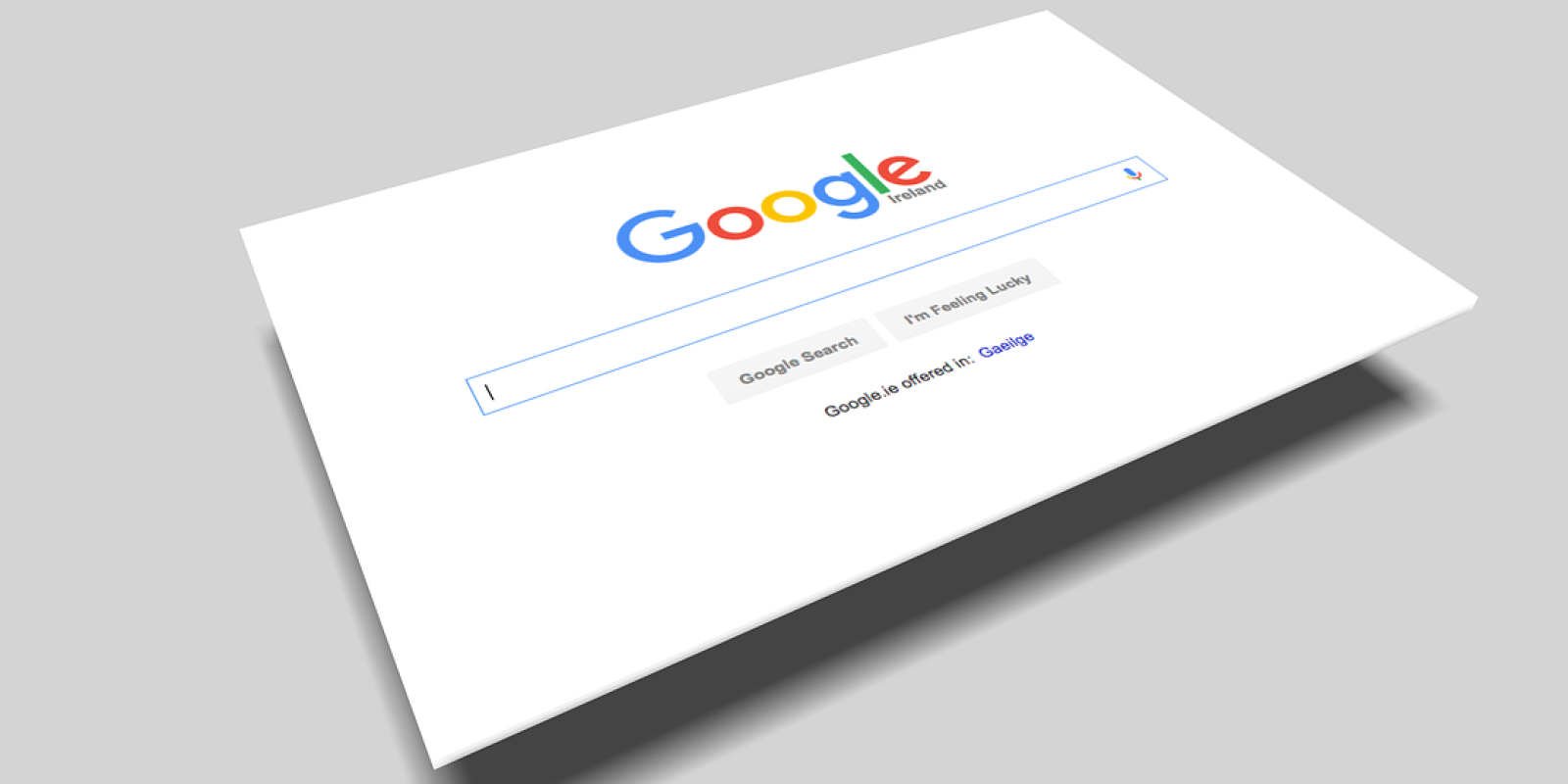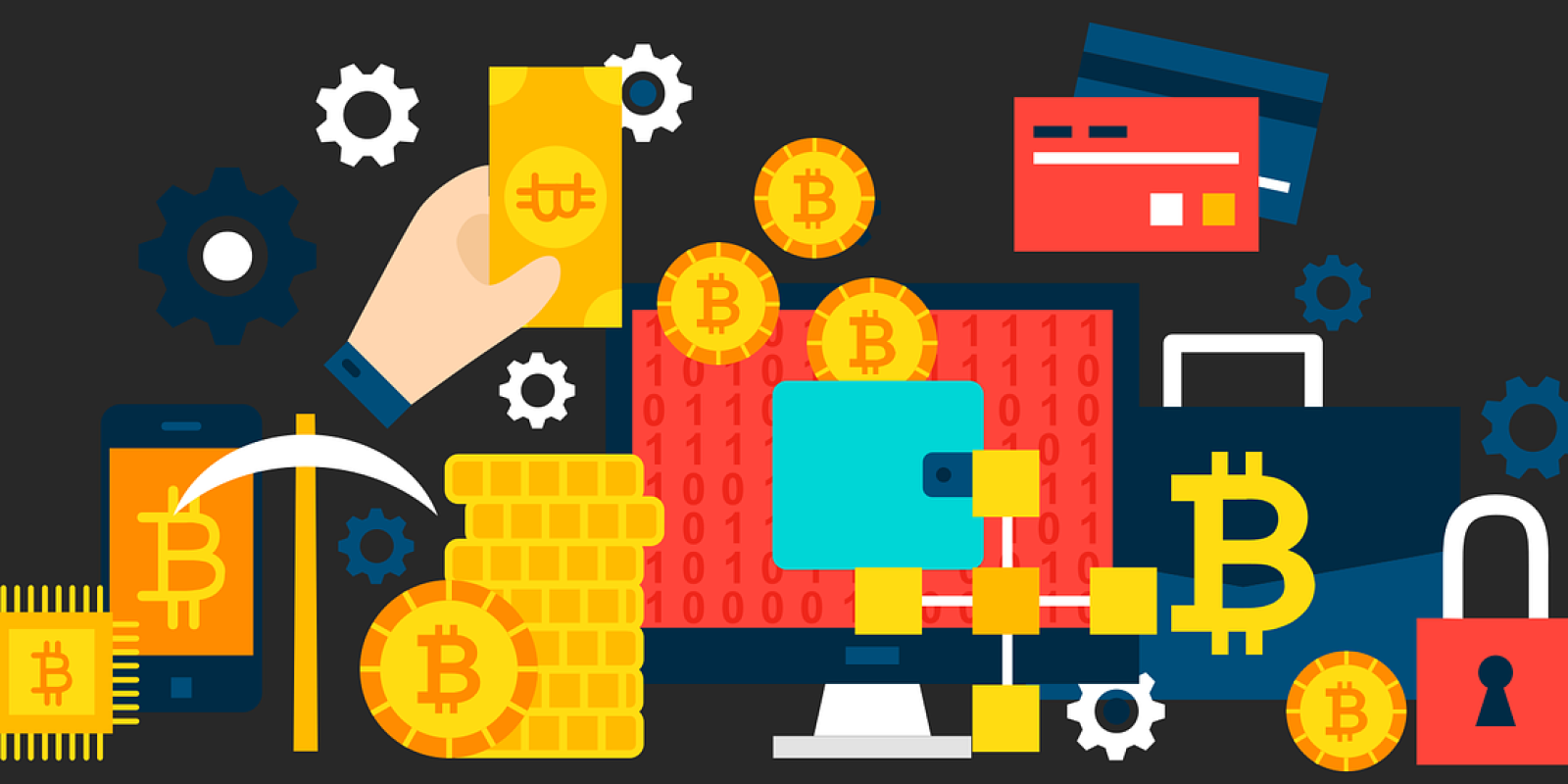The interest rate In lending crowdfunding is a crucial element of both the strategy and financial balance of the company seeking to raise capital and the decisions of investors.
This is not just a technical detail: on the one hand, it is the incentive that attracts investors; on the other hand, it determines the Actual cost of capital to the enterprise.
Defining a fair rate, for the crowdfunding portal hosting the operation, means striking a delicate balance: high enough to make the investment palatable, but not excessive enough to be unacceptable to the bidding company.
Let's find out How the interest rate is calculated in lending crowdfunding, what leeway platforms have in determining it, why it is a decisive element in the success of a campaign, and how companies should integrate it into their capital-raising strategy.
Understanding how this rate is calculated for businesses is helpful in better preparing for the application for the selection, but it also allows us to assess the competitiveness and transparency of each platform.
What is the interest rate in lending crowdfunding
In lending crowdfunding, the interest rate represents the return that investors receive for lending capital to the offering company. In other words, it is the price of money which the company agrees to repay in addition to the capital raised, either in a series of installments defined by the repayment schedule or in a single final installment.
Compared with a traditional bank loan, the dynamics are different:
- there is no single lending institution, but a plurality of parties financing the project with small or large sums;
- the risk of the loan is distributed among multiple investors;
- conditions are not set unilaterally by a bank, but set by the platform that acts as an authorized and supervised intermediary and uses standard criteria combined with its own criteria.
For the company, therefore, the interest rate is both a financial cost and an indicator of the market's perception of its project's reliability.
Among the key aspects of the ECSP regulation re-enter transparency and investor protection: platforms must provide clear information on the rates charged, project selection criteria, and associated risks.
Want to learn more directly with our crowdfunding experts about the topic you are reading about?
Turbo Crowd can reveal to you all the tricks of the crowdfunding trade, explain the capital-raising opportunities available to you, and provide you with practical support to carry out a successful crowdfunding campaign.
How the interest rate is calculated
The interest rate in lending crowdfunding is established on the basis of an evaluation process that combines objective parameters and internal platform analysis models.
The main criteria considered are:
- Creditworthiness of the enterprise: balance sheet analysis, cash flow, debt position, and credit history. The stronger the financial situation, the lower the rate required.
- Term of the loan: Long-term loans carry higher risks and thus higher rates, because a longer time horizon introduces greater economic and market uncertainties.
- Loan amount: a higher amount increases the cost of the loan because it is more challenging to repay.
- Risk class: Each platform gives the project a rating, which summarizes the probability of default. Projects in high classes pay lower rates than those in lower classes.
- Guarantees offered: The presence of collateral or personal guarantees reduces the risk perceived by investors and allows the rate to be lowered. For example, the provision of a guarantee from the SME Guarantee Fund.
- Purpose and sector: a project with a detailed business plan and clear growth objectives will be perceived as less risky than one that is less structured. In addition, some sectors may be considered inherently riskier than others because of their volatility.
The criteria are very similar to those used by banks in their creditworthiness analyses, but the mesh tends to be wider. Although it fluctuates within a usually narrow range, the rate is not always the same, but customized to the company's profile, and results from the balance between the risk taken by investors and the company's ability to repay.
Platforms, unlike banks, are not rigidly based on official reference rates such as Euribor. Most platforms consider Euribor as a "market context" for establishing competitive bidding ranges with respect to banks, but it is neither a binding parameter nor formally used to calculate the rate to be charged to firms.
For example, the Opstart platform states that it starts as a base from the 6-month Euribor and adds a spread that can be higher or lower depending on the riskiness of the transaction, expressed in a number from 1 (very low risk) to 7 (very high risk) following the bidding company's analysis.
The margin of discretion of platforms
Although the basic criteria are similar, each platform has its own proprietary scoring model, an algorithm that analyzes and weighs various parameters to assign a risk score. It is here that a certain amount of discretion emerges, which can be significant and depends on various factors:
- Internal algorithms and rating policies: some platforms rely on fully automated statistical models, while others incorporate qualitative assessments by analysts. This results in even appreciable differences for firms with similar risk profiles.
- Target audience: there are portals that favor established SMEs and thus charge lower average rates; others accept riskier projects and compensate with higher returns to attract investors.
- Market context: The dynamic between supply and demand for capital can push platforms to adjust rates. In periods of strong liquidity circulation, average yields tend to fall; in periods of prudence, they may rise.
In other words, there is no "official list" of interest rates: platforms make personal strategic choices that directly affect the attractiveness of projects and the sustainability of loans for businesses.
A platform may also decide to give greater weight to specific factors, such as recent turnover or the presence of guarantees, rather than others. In addition, to attract high-quality projects or to maintain its competitiveness in the market, it might offer a more advantageous base rate or absorb some of the operating costs, reflecting its business strategy.
La transparency of the platform is crucial: the best ones will provide clear detail of the parameters considered in the evaluation and subsequent rate determination.
How to consider the rate in your business strategy
For an enterprise, the interest rate in lending crowdfunding is obviously not a neutral technical fact, but a strategic variable that affects the success of the collection and the future sustainability of the project.
Lending crowdfunding is more suitable for a company with some maturity rather than a startup because it requires the ability to sustain debt with cash flows that are already well established and have their own historicity, and to place the debt and capital raised within a business plan with at least a medium horizon.
A higher rate means more onerous installments: if they are not compatible with operating margins, the campaign risks becoming a boomerang.
The enterprise must ask itself not only "can we raise the capital we need now?" but also "can we give back without slowing growth?" Lending crowdfunding must be a tool that serves the goals of the enterprise, not a capital raising end in itself.
Do you need support in preparing a successful crowdfunding campaign and seeking potential investors for your project?
Turbo Crowd can accompany you throughout the process, from organizing the precrowd to closing the collection, developing effective and innovative marketing strategies to best promote your campaign.













































